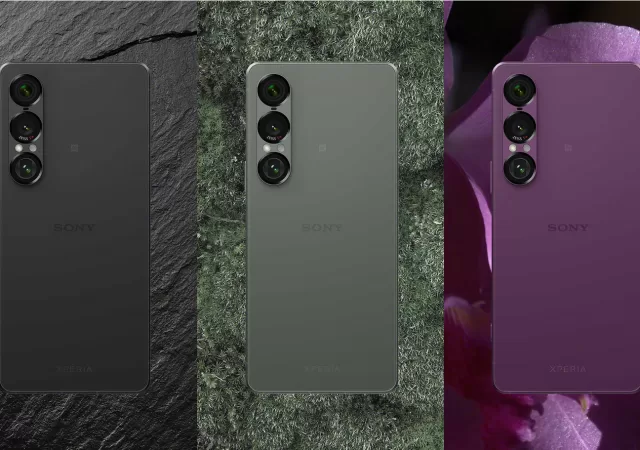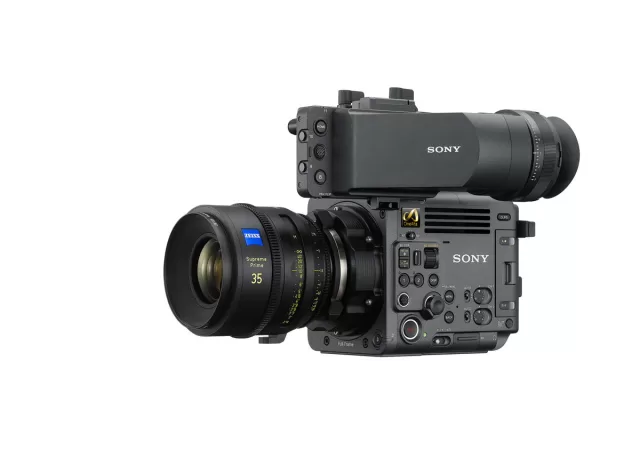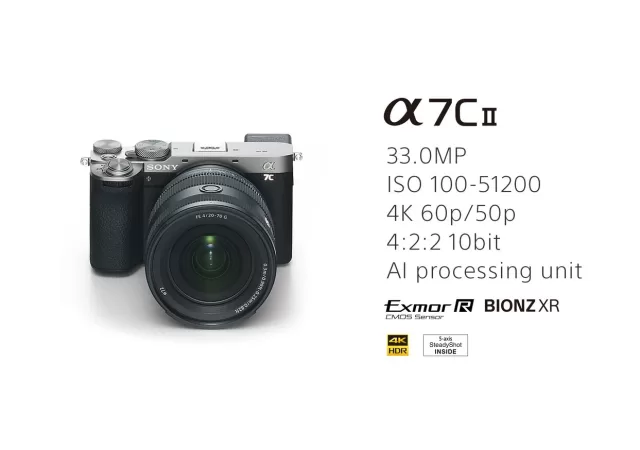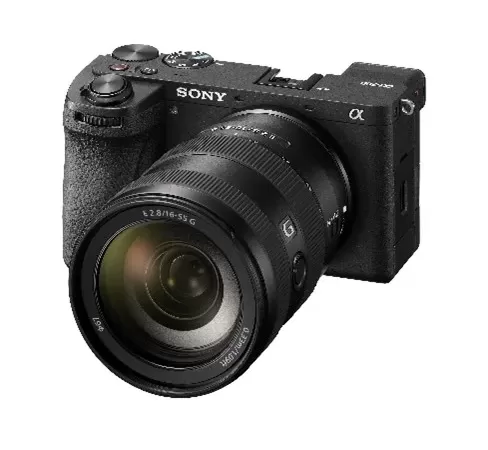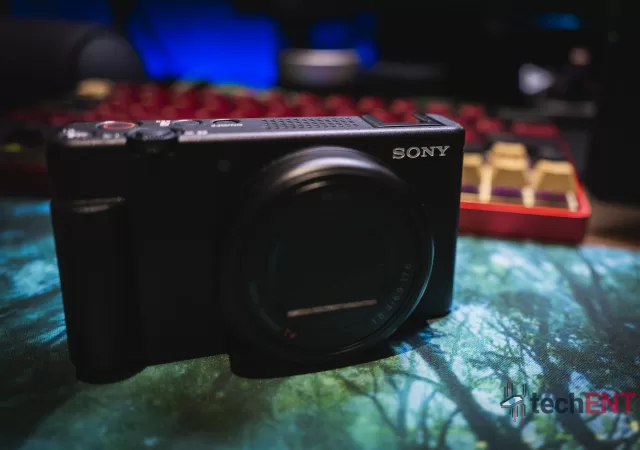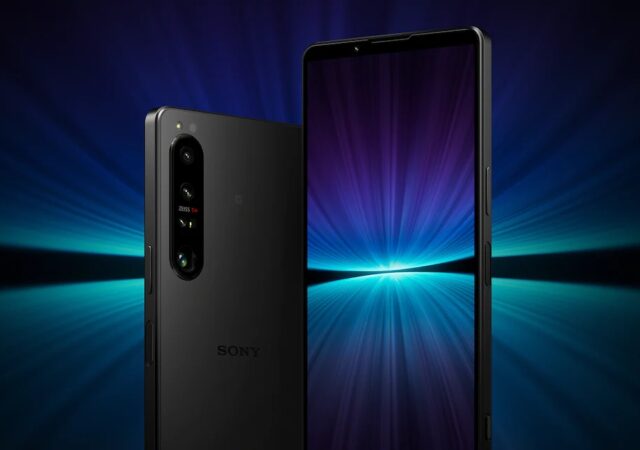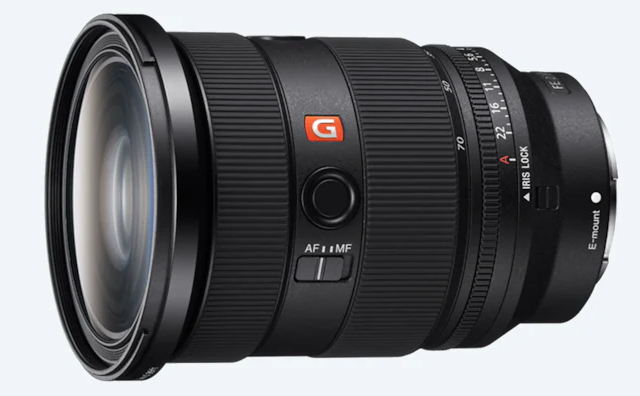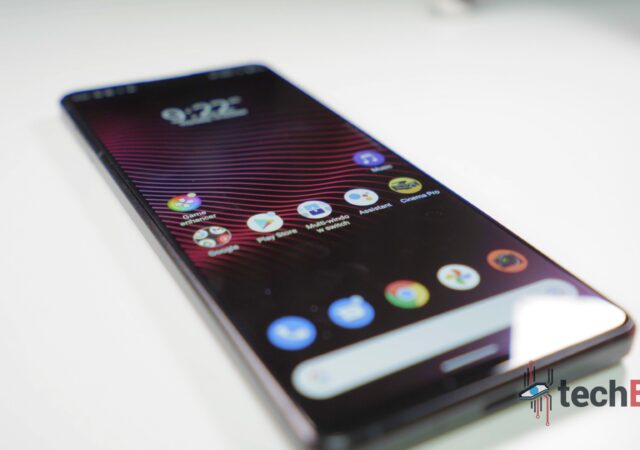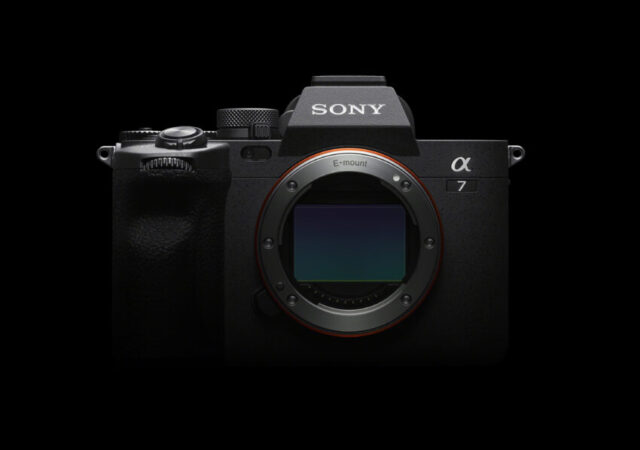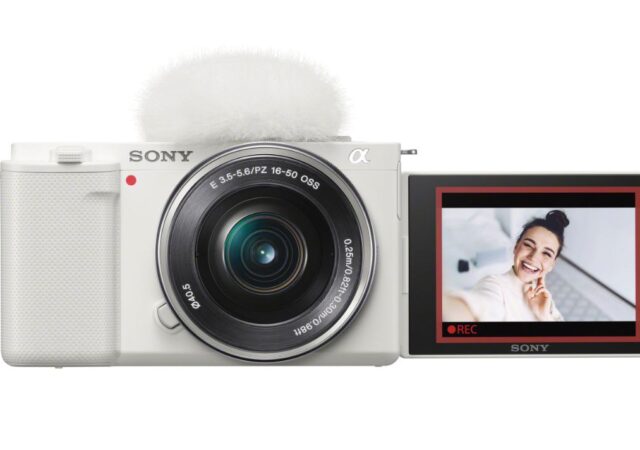Sony announces its latest take on a smartphone with the Xperia 1 VII bringing the best from BRAVIA, Walkman and Alpha into a sleek body.
Sony Burano – 8K Run-and-Gun? No Problem!
Sony releases their latest CineAlta camera made for run-and-gun documentary style films, the new BURANO with 8K recording capabilities.
Sony Follows up Their Ultra-Compact Full Frame Camera α7C with the α7C II and the α7CR.
Sony releases their follow up to the α7C, the α7C II and α7CR compact full frame cameras with 33MP and 61MP sensors in tow.
Sony Finally Releases the α6700 APS-C Mirrorless Camera! The α6000 Series is Not Neglected After All.
Sony launches the new α6700 compact APS-C mirrorless interchangeable lens camera that replaces the α6600 with new sensor and image processor.
24 Hours with the Sony ZV-1 II – It’s Great, But Not MYR 3,999 Great
Sony released the Sony ZV-1 II not too long ago at MYR 3,999. Its few added features and functions may not justify its asking price though.
Sony’s Xperia 1 IV is Proof That Your Smartphone is All You Need to Get Started in Content Creation
Sony has released their latest flagship for 2022, the Xperia 1 IV with improved camera features and Qualcomm Snapdragon 8 Gen 1.
Sony Introduces the Most Compact and Lightest F2.8 Standard Zoom Lens, The Sony FE 24-70mm F2.8 G Master II (SEL2470GM2) is Here
Sony releases their latest FE 24-70mm F2.8 G Master II lens. It is the most compact lens of its kind you can find in the market thus far.
Sony Xperia 1 III In-Depth Review – A Niche Smartphone for Content Creators
The Sony Xperia 1 III is Sony’s latest and most premium flagship so far. Is it worth MYR 5,799 though with the Xperia Pro-I around?
Sony’s ALPHA 7 IV (α7 IV) Redefines the ‘Basic’ Necessities of a Full-Frame Mirrorless Camera
Sony launches their new Alpha 7 IV mirrorless full-frame camera that redefines what a ‘basic’ mirrorless camera should entail.
Sony Introduces the Alpha ZV-E10 – The Perfect Small Camera for Content Creators
Sony launches their latest camera aimed squarely at content creators, the Sony Alpha ZV-E10 APS-C interchangeable lens camera with E-Mount.



